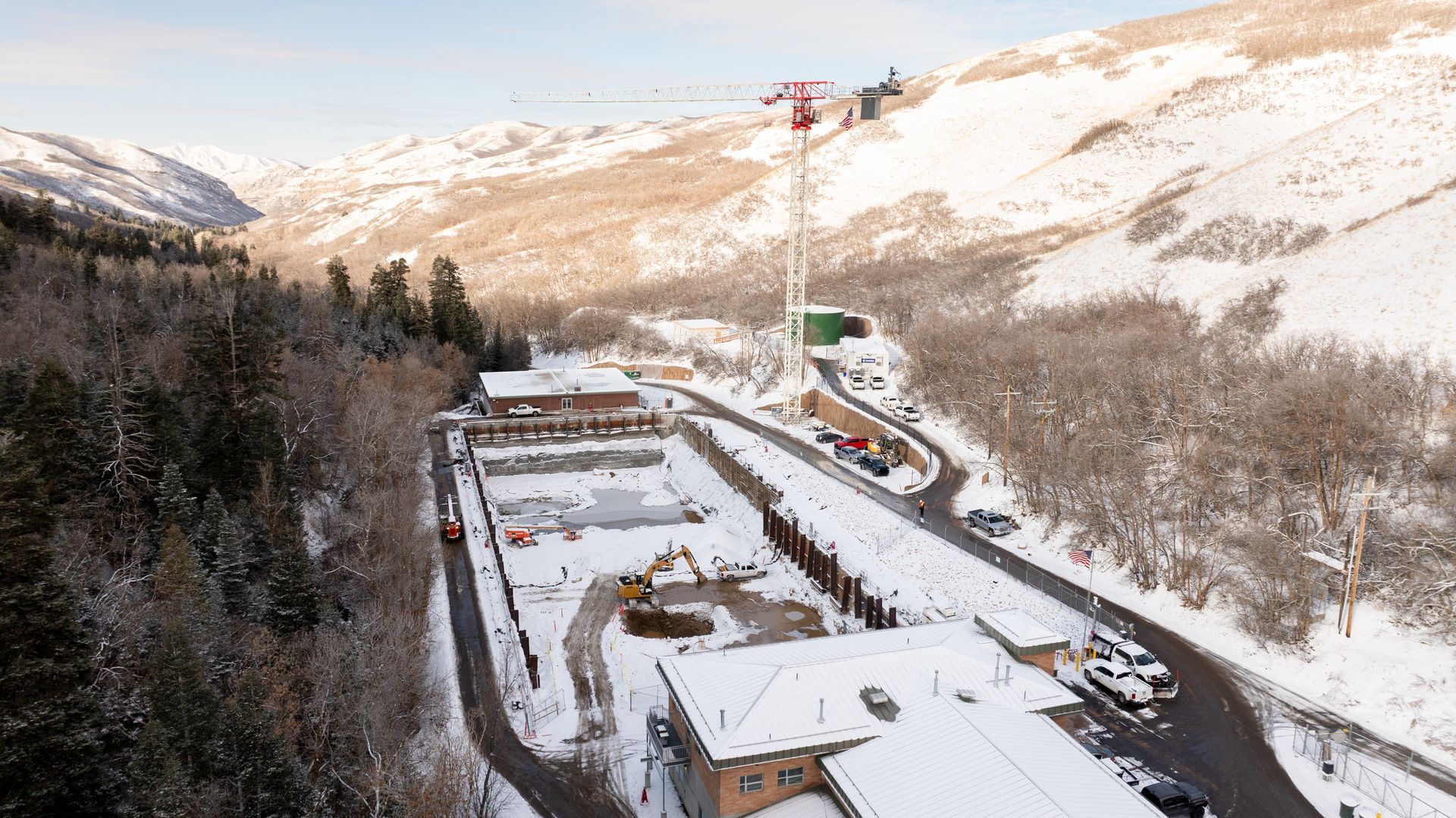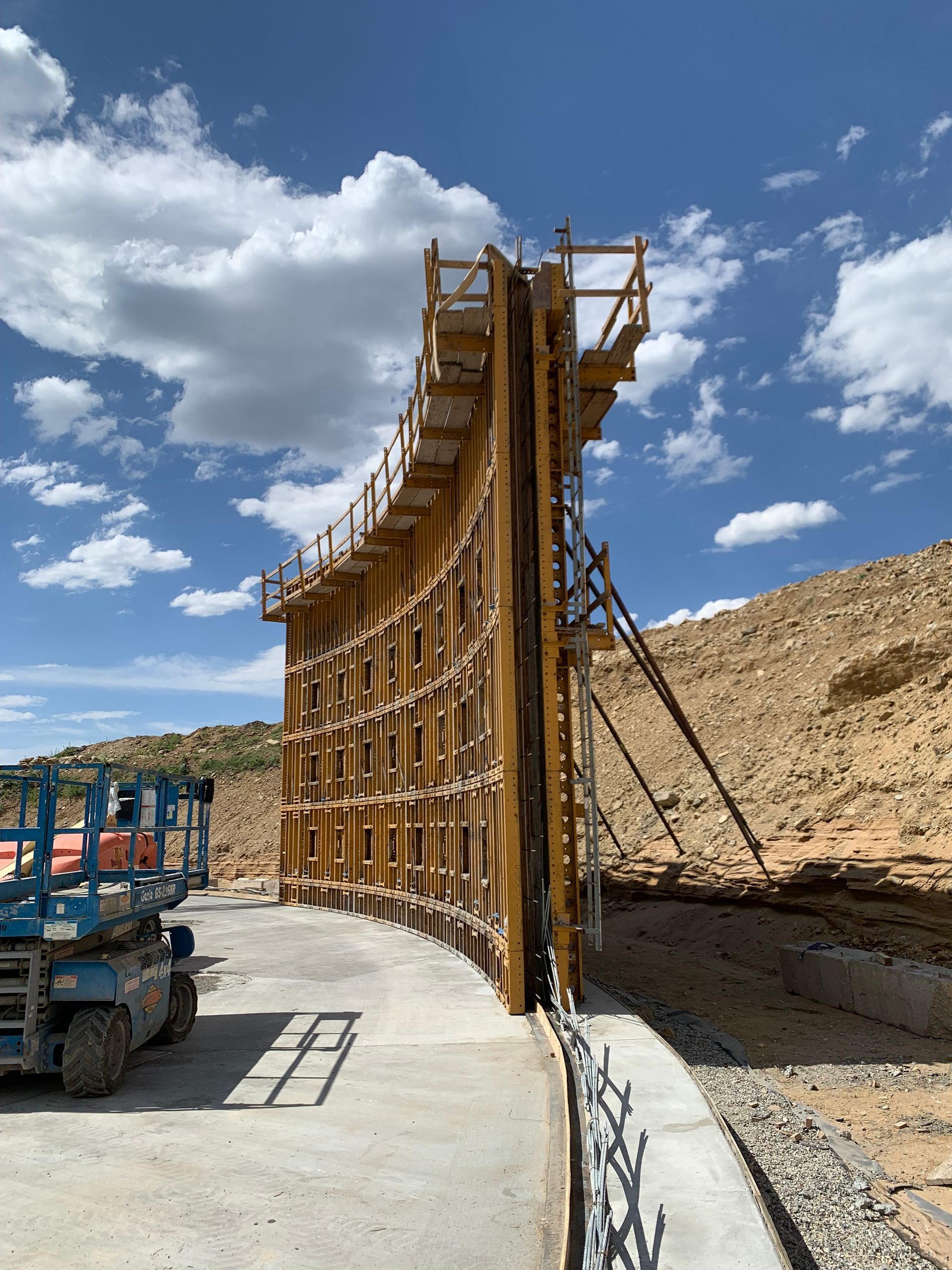Tage Flint is enjoying retirement after a 36-year career, including more than two decades leading Weber Basin Water Conservancy District that capped a remarkable run of leadership by the Flint family. By Brad Fullmer
For over two decades, General Manager Tage Flint was the man steering the ship at Ogden-based Weber Basin Water Conservancy District (WBWCD). He proved to be a steady guide through explosive population growth as he oversaw dozens of vital construction projects in the five counties and nearly 750,000 residents that the district serves.
Flint announced his retirement at the beginning of this year, capping a 21-year run as GM who followed his father, Ivan Flint, whose quarter-century of service included 15 years as GM from 1986 to 2001.
“The time was right,” said Flint, who plans to later pick up part-time consulting work. “We joke that it’s not the age of the car as much as the miles on it. Very few people get to 21 years at this post. If I wanted a 60-hours-a-week job, I could have stayed where I was. It [was] time to do something else.”
Rooted in Water
The combined 45-year period of district leadership is an impressive stretch of time for the Flint father-son duo, whose familial roots run deep in Davis County, dating back to early Latter-day Saint pioneers who settled the area in 1853.
The Flints even lived on Flint Street in West Kaysville, on a road named for their ancestors, including some of the earliest Davis County farmers who built canals and other early water infrastructure systems to ensure their crops would be sufficiently watered.
“So many of the old water rights were held by these old pioneer water companies,” said Flint. “What farms are left are still using those same systems.”
Call it destiny, but Flint was groomed from an early age to work in the water conservancy field. Ivan, who passed away in 2017, was a defense contract specialist on federal military contracts for the Dept. of Natural Resources before spending 24 years at WBWCD (1977–2001).
“I grew up visiting dams and spending weekends at spillways during flood years—that certainly steered me towards that background,” said Flint, who graduated from Davis High in 1980, received a Bachelor of Civil Engineering from the University of Utah in 1987, and ultimately earned an MBA from Western Governors University in 2003. “I was one of those ‘STEM’ kids—math and science came easy and interested me, and I thought I’d do something in that field. By the time I was 15 I would work summers doing landscape work and light construction on canals and diversion structures, and it all just fascinated me—how water moved around. Most people have no idea where water comes from. There is a lot to it.”
Flint worked at Jordan Valley Water Conservancy District from 1987–2001, serving under former GM Richard Bay in several capacities, including as co-GM with Bay. “He was a mentor of mine throughout,” Flint said.
When Ivan was retiring, it never occurred to him to apply for the position.
“I was happy at Jordan Valley. I got a call from a (WBWCD) board member if I was interested; they were looking for candidates.”
During Flint’s 21 years as GM, the population in the five counties serviced by the District (Weber, Davis, Morgan, Summit, and part of Box Elder) more than doubled. Today, WBWCD delivers 230,000 acre-feet annually to customers, including every city in Davis and Weber counties sans North Ogden.
“The corresponding demand for drinking water has gone up,” said Flint. “Development, policy, water rights and infrastructure have grown exponentially and in complexity in that time. It really is a different place. We have twice as many employees—everything has been in accelerated growth mode.”
WBWCD, which was established in 1950, has done a “tremendous amount of work on aging infrastructure,” Flint added, with seven major storage reservoirs along the Ogden River and Weber River as part of its stewardship, along with three hydro-power generation plants, 21 wells, four water treatment plants, and hundreds of miles of canals, tunnels, aqueducts, and pipelines.






























